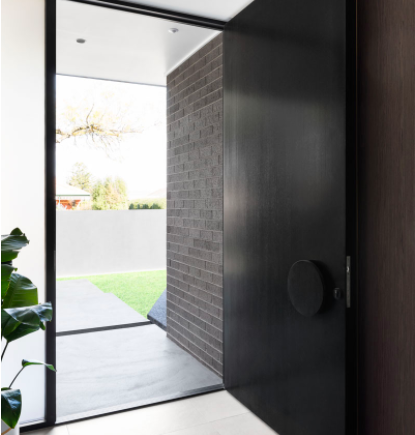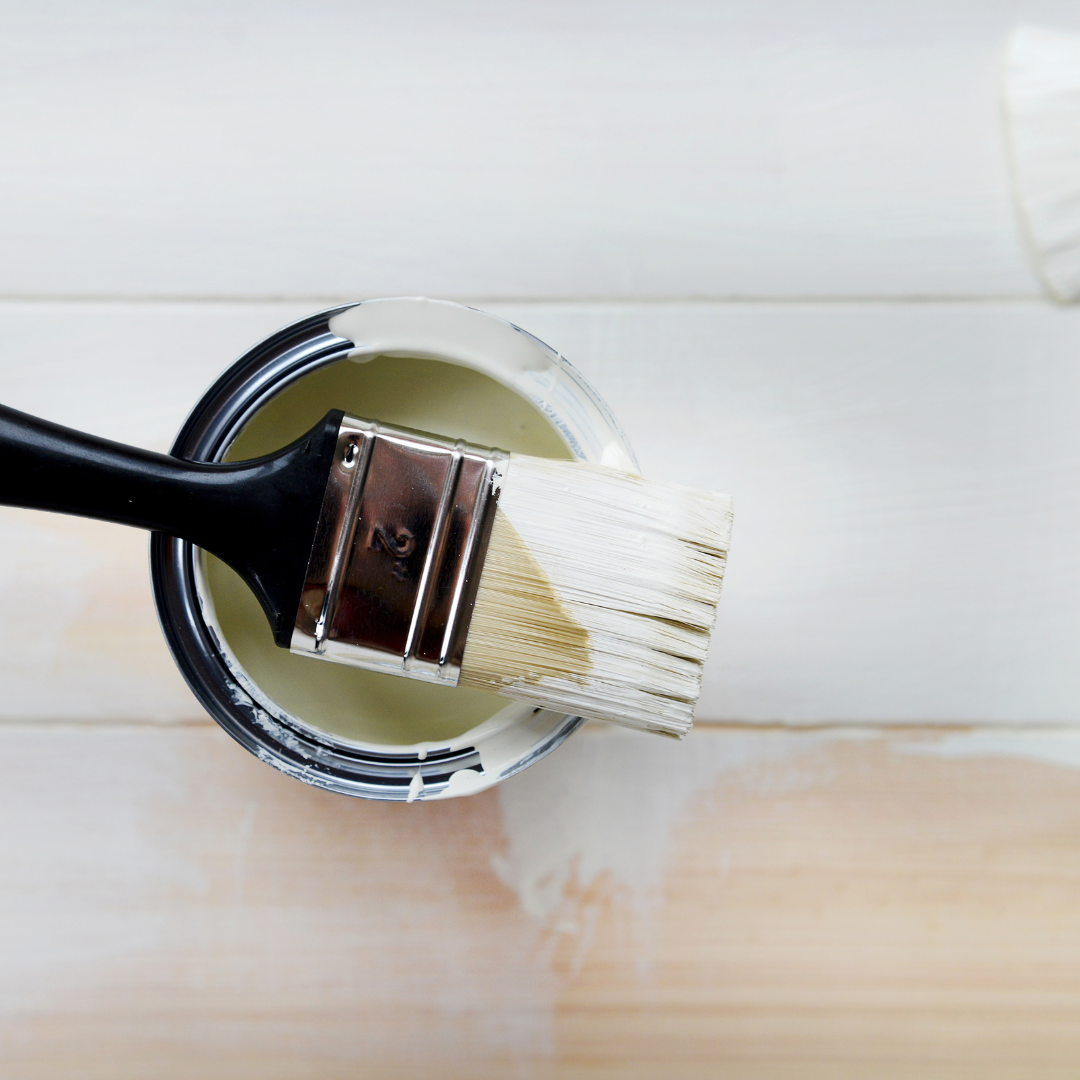Ever wondered what the real difference is between water based and oil based paints and which one you should be using in your home?
I’ve tried and tested lots of different paints over the years and I know how confusing it can be to find yourself in the middle of the paint aisle at Bunnings trying to figure it all out.
Before you start thinking about colour, the first question you should be asking yourself is Oil-based or Water-based?
There are some important differences that will help you to figure out what’s going to be right for your project, so here’s a quick run down:
Water Based (acrylic)
Non flammable
Lower VOC’s (volatile organic compounds)
Water clean up
Non yellowing
Dries faster
Commonly used for walls with options for flat, low sheen or semi sheen finishes – can be difficult to achieve a true gloss finish.
Oil Based (enamel)
Flammable
Higher VOC’s
Clean up with mineral turps
Tends to yellow over time, especially where there’s no UV exposure
Smoother to work with and slower to dry so you can achieve a smoother surface
The preferred option where a high gloss level is wanted
Less flexible, so is more prone to peeling, especially when exposed to movement from heat exposure outside
Dark colours are less resistant to fading
Easy to wipe clean as they are more water resistant.
… and just to confuse you, there is also another option, which is a water based enamel – in my opinion, this is really the best of both worlds. Great for internal doors and trims, hard wearing and won’t yellow over time, but you do need to have a painter that is happy to use them, as they aren’t as smooth to work with as the oil based enamels. In my experience working with lots of different painters over the years, they often have certain products that they like working with, so you need to have the conversation upfront to make sure you’re both on the same page.
In my opinion, your water based paints are definitely worth any short term compromise. When we consider how much of our homes are white, a non-yellowing option is going to keep your home looking better for longer… and the lower VOC’s are a big plus, especially when we’re often moving back into the house shortly after painting – I’m not a big fan of having the kids inhale the residue fumes for months or years afterwards. As a general rule, I only use oil-based paints when I need to achieve a high-quality, gloss finish.
If you’re working on a renovation project and not sure what you already have on your walls, then you will need to test this first. You can put oil based paint over water based paint, but you can’t put water based paint over oil based until you’ve sealed it properly. If you’re unsure what has been used previously, you can test this by rubbing alcohol on the surface – if it comes off, then it’s water based. If it doesn’t, you have oil based.
Like anything, if you do your homework first, consider all the options and decide what’s right for you, then you’re going to be in a more informed position when it comes to speaking to painters or making quick, confident decisions when you hit the paint shop.

What are VOC’s and why are they important?
With us all spending more time than usual at home, I found it concerning when I recently learned that the concentration of VOC’s (as a measure of air quality) inside our homes is consistently higher than outside (often up to 10 times higher).

The reality of trying to create your dream home and also be practical at the same time can be challenging, so to make sure that we keep things in perspective, I have a few rules that guide me when designing a home for a family with children…

[…] See the post […]
[…] might find this blog post on choosing paint colours helpful […]
[…] + I like to use a water-based acrylic for trims – they don’t yellow over time like the enamel (oil-based) paints tend to do. Some painters will push back on this, as the oil-based paints are much easier to work with, but my personal experience is that most yellow over time, which means that your whites won’t stay looking white for as long as the water-based options. Want to read more on this? Here’s some more information on the topic. […]